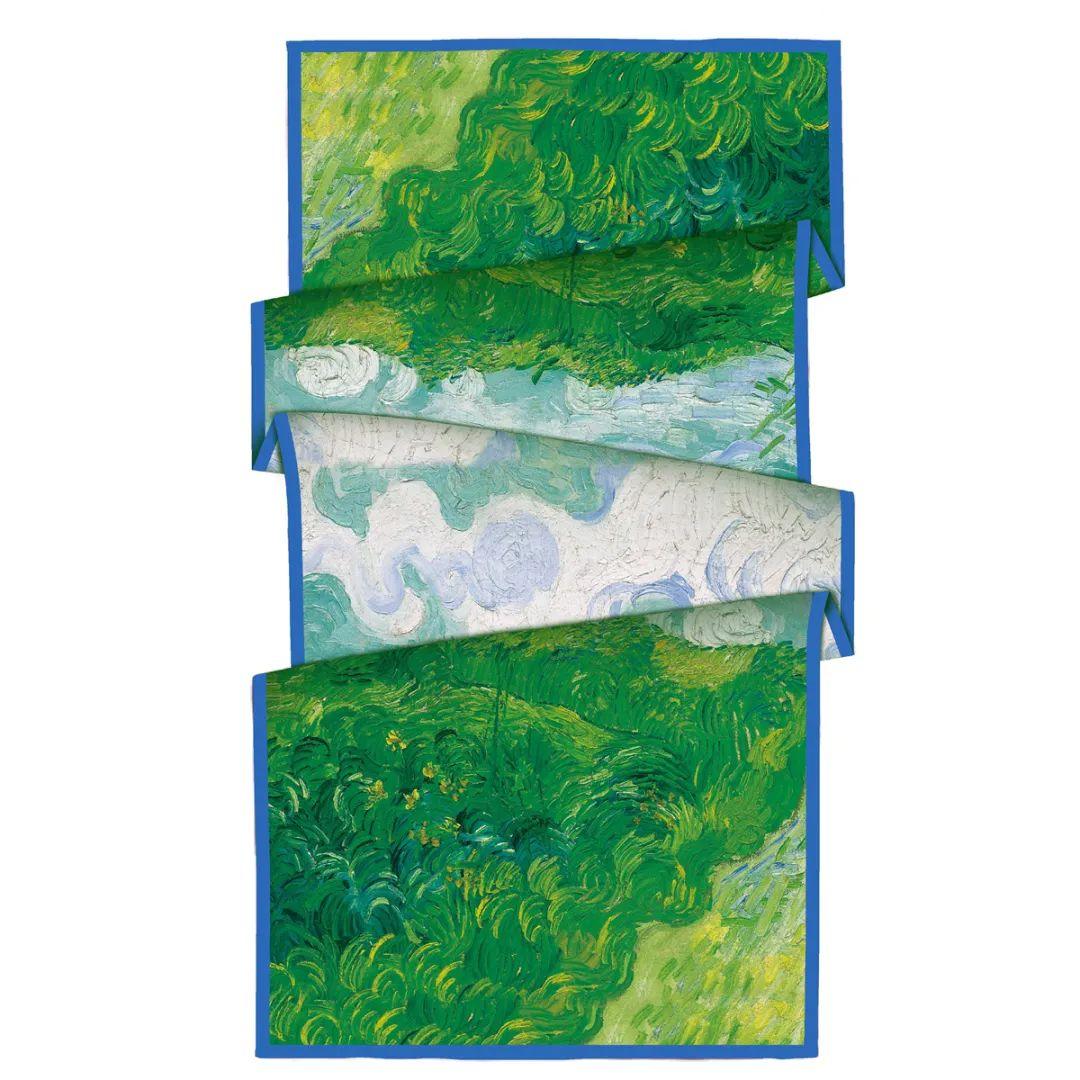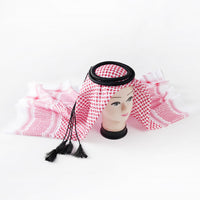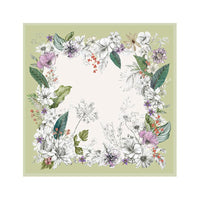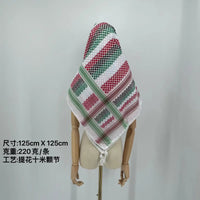Exploring the Diverse Ways of Wearing the Ghutrah: A Fascinating Look into Saudi Arabia and Gulf Culture
Since I penned down my initial notes, I've been fortunate to receive permission to share a collection of photos that beautifully showcase the various styles in which men wear the ghutrah. Although these styles originate from Saudi Arabia, they're widely embraced throughout the Gulf region.
As I mentioned before, there's an incredible array of ways to wear the ghutrah. Here, I'll be referring to the names given by the original author of the notes.
First up, we have the 'Modesty' style on the left and the 'Eagle' on the right. The 'Modesty' style is perfect for casual occasions and colder weather, as it drapes over both shoulders, hugging the body. Meanwhile, the 'Eagle' style is quite similar, but with a twist – instead of letting the end hang down, it's thrown back over the shoulder, securing the other end of the ghutrah.

Next, we have the 'Mr. X' and 'VIP' styles. The 'Mr. X' style is ideal for warm weather, as it wraps closely around the body, with both ends thrown over the opposite shoulder, framing the face. On the other hand, the 'VIP' style is favored for formal events like weddings, receptions, and by dignitaries, mostly indoors. Both ends of the ghutrah hang straight down, with a touch of styling on each side of the mirzam, exuding a sense of formality and shielding the face.

Moving on, we have the 'Teacher' and 'Schoolboy' styles. The 'Teacher' style boasts a formal look due to its symmetry, but its practicality lies in the freedom of movement it allows, with the ends thrown back over the shoulders. The 'Schoolboy' style, on the other hand, adds a modern twist to a traditional style. Both ends hang down the back, with one end brought under the other and then over the shoulder to hang down the front.

Now, let's take a look at the 'Abu Rashed' and 'Balance' styles. The 'Abu Rashed' style is named after the Saudi lawyer, Khalid Abu Rashed. One end of the ghutrah hangs straight down the back, while the other is thrown back over the top of the head. The length and position of the hanging ends are both significant. The 'Balance' style, as the name suggests, is symmetrical from the front, with the two drops hanging in front of the ears resembling the pans of a traditional pair of balances.

Lastly, we have the 'Cobra' and 'Butterfly' styles. The 'Cobra' style was popular in the 1990s but wasn't the easiest to wear due to its intricate geometry. It required more starch in washing and careful movement to maintain its shape. Compared to the 'Cobra,' the 'Butterfly' style is more relaxed, allowing greater movement and featuring a softer geometry.

And finally, we have the 'Bin al-Bakkar' style, although I'm not sure why it's named that. This style is informal and perfect for warmer weather, as both ends of the ghutrah are brought up and onto the top of the head, then draped away from the shoulders, leaving more space for air circulation. It's considered attractive and relatively stable compared to some of the other styles.

Overall, exploring these diverse ways of wearing the ghutrah offers a fascinating glimpse into the rich culture of Saudi Arabia and the Gulf region.






